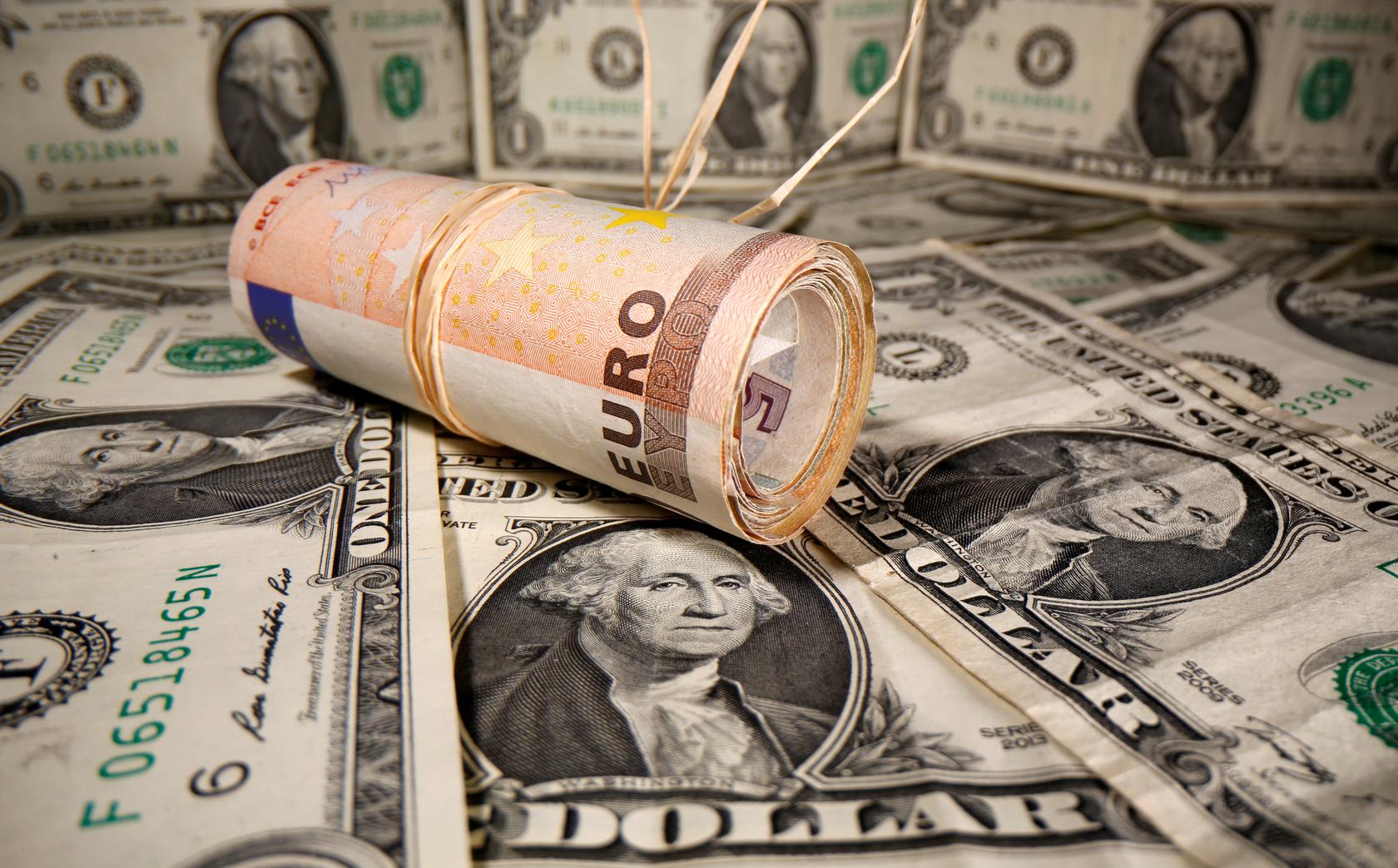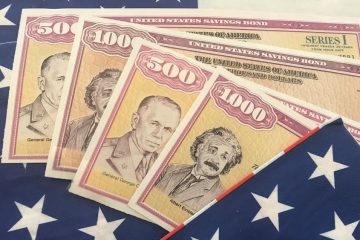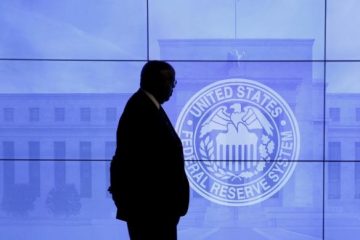Yen left behind following U.S. Federal Reserve rate hike

The yen was pinned to a six-year low on the dollar and struggled against crosses on Thursday, as a rate hike with a hawkish outlook from the U.S. Federal Reserve underscored just how far the Bank of Japan is likely to lag worldwide policy tightening.
The Fed has raised interest rates for the first time since 2018 and policymakers’ projections for as many as six more hikes this year were even more aggressive than expected.
A return of risk appetite was no help to the yen, either, as hopes for a breakthrough in Russia-Ukraine peace talks set equities surging and safe-havens falling.
The yen hit 119.13 per dollar overnight, its lowest since early 2016, and was last at 118.96. It dropped 1.6% against the Aussie on Wednesday and slid further on Thursday to a four-year low of 86.97 yen per Aussie.
The euro, which caught a boost from peace hopes, surged more than 1% on the yen overnight and more than 0.7% on the dollar to stand at $1.1044 in early Asia trade.
“The market is expecting the Fed to ramp interest rates higher during the course of this year. By contrast the BoJ is committed to extremely accommodation policy settings,” said Jane Foley, senior FX strategist at Rabobank in London.
“Interest rate differentials and Japan’s position as a commodity importer suggest the possibility of further upside potential for USD/JPY this year.”
The Bank of Japan concludes a two-day meeting on Friday and is not expected to unwind accommodative settings.
The gap between benchmark 10-year Treasury yields and 10-year Japanese bond yields hit its widest in nearly 2-1/2 years overnight at 1.99%.
At 1200 GMT, the Bank of England is expected to raise interest rates for a third straight meeting and focus will be on any new thinking from policymakers about juggling the competing pressures of inflation and slowing growth.
Sterling hovered at $1.3149.
Elsewhere, talk of compromise from both Moscow and Kyiv on a status for Ukraine outside of NATO has lifted hopes for negotiated end to fighting and put a bit of downward pressure on the dollar more broadly.
Ukrainian President Volodymyr Zelenskiy said negotiations were becoming “more realistic” and Russia said proposals under discussion were “close to an agreement.”
The U.S. dollar index fell 0.5% overnight and edged a further 0.2% lower to 98.287 in early Asia trade.
The Australian dollar jumped through its 200-day moving average to $0.7308 after better-than-expected employment data, while the kiwi was weighed a little bit and was flat at $0.6836 after softer-than-expected growth data.
New Zealand’s annual GDP rose 3.1% last year, a little below a Reuters poll forecast of a 3.3% rise.
Australian employment sped past expectations in February, driving unemployment down to lows not seen since 2008 and adding to pressure for an early rate hike.
“The Aussie is like a balloon being held underwater,” said Tony Sycamore, senior market analyst at City Index in Sydney.
“Terms of trade are at record highs and commodity prices, even though they’ve pulled back significantly, are still elevated and that bodes very well for the Aussie dollar.”


